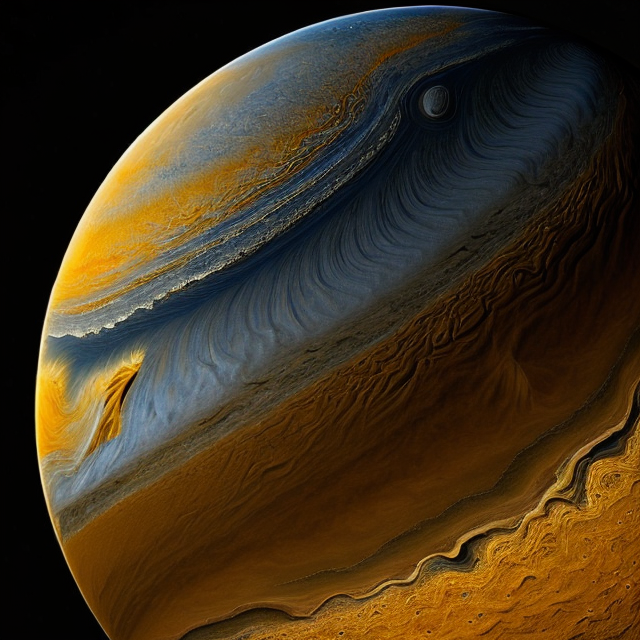|
|
Space Astro
|
Info for exoplanet "Mone Hiiji Paa"
| Scientific (actual) data |
|---|
| Name | KMT-2021-BLG-0192 b |
| Planet status | Confirmed |
| Planet mass | 0.15 |
| Semi major axis | 2.6 |
| Discovered | 2022 |
| Updated | 2022-09-09 |
| Publication | Published in a refereed paper |
| Detection type | Microlensing |
| Mass measurement type | Microlensing |
| Star name | KMT-2021-BLG-0192 |
| Right ascension | 268.1° |
| Declination | -30.01° |
| Star distance | 3000 |
| Star mass | 0.4 |
| Wikipedia article | KMT-2021-BLG-0192 b |
Back
| |
| Fictional info (?) |
|---|
| Suggested name | Mone Hiiji Paa |
| Planet type | Small cold gas planet |
| It has the longest rotation period (445 days) of any planet in its solar system and rotates in the opposite direction to most other planets.
Having almost no atmosphere to retain heat, it has surface temperatures that vary diurnally more than on any other planet in its solar system, ranging from 175°K (-98°C) at night to 805°K (532°C) during the day across the equatorial regions. |
| Atmosphere | Hydrogen peroxide | 38% |
| Nitrogen | 33% |
| Oxygen | 23% |
| Argon | 4.3% |
| Ammonium hydrosulfide (NH4SH) | 0.089% |
| Krypton | 0.041% |
| Atmospheric pressure | 0.001 bar |
 |
| Moon | Koymir Thyseu He | Very small slightly egg-shaped ice planetoid |
| Allene Lirr | Huge potato shaped rocky moon |
| Mnelassa | Large round crater-filled asteroid |
| Greip | Large round rocky moon |
| Panjul-cli | Large irregular crater-filled moon |
| Chahionn | Very small irregular rocky asteroid |
| Puckpoly | Huge almost round gaseous moon |
| Taniare | Medium-sized potato shaped rocky asteroid |
| Dysmal | Small irregular ice moon |
| Sida Ioban | Small potato shaped crater-filled comet |
| Tungrmona Uqfar | Large almost round rocky moon |
| Umnaqpe-iji | Small slightly egg-shaped oceanic moon |
| Euananan Lathea | Huge round rocky asteroid |
| Mede Choso Berbe | Huge slightly egg-shaped ice moon |
| Carpina-surlene | Huge potato shaped gaseous comet |
| Bernaq | Large potato shaped ice moon |
| Google search for Mone hiiji paa |
|
Website by Joachim Michaelis
|
|
|
|